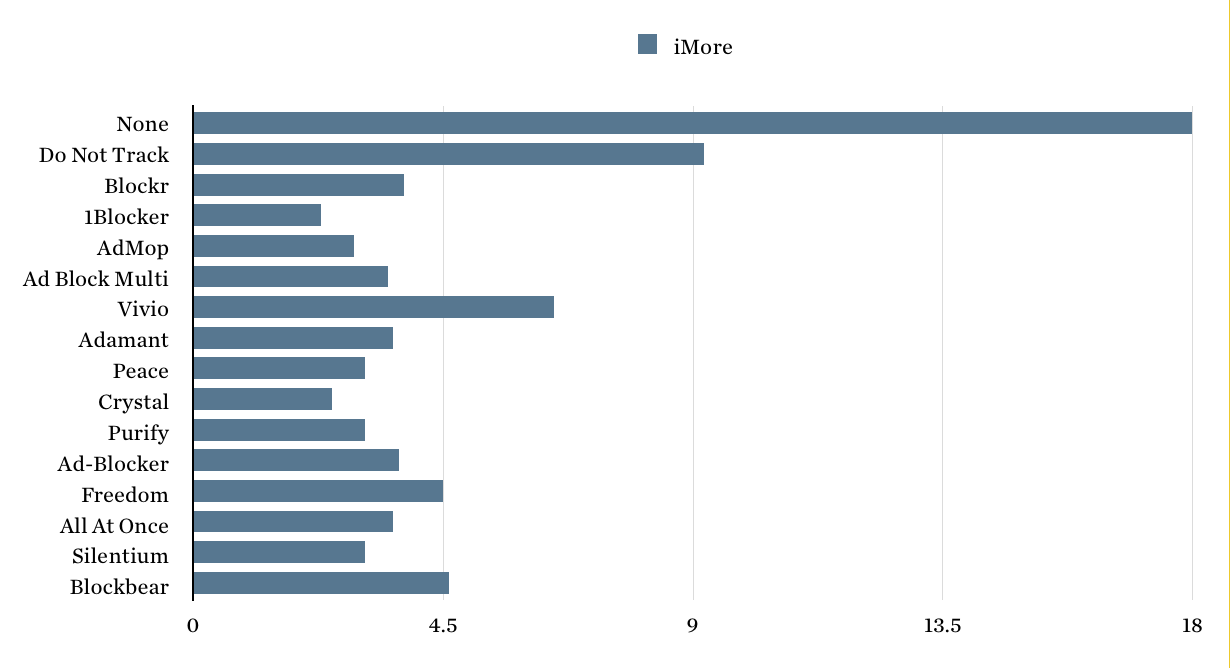Aside from the assertion that mobile service providers can do a better job of upselling products and services to customers who have interactions with the mobile websites, a new Allot Communications report indirectly points out some of the core challenges faced by mobile service providers.
The report points out that service provider websites are very rarely accessed on daily basis by subscribers.
Most of you would not find that a contentious observation. The most-used apps and sites are those of third party providers, and likely always will be. That is simply a reality for an application architecture that divorces apps from access.
Most people, most of the time, are going to go to third party apps and sites. But Allot also notes that such low engagement makes it harder for mobile operators to foster higher uptake of their
own applications and content.
On average it appears that only 0.7 percent of subscribers access their CSP website on a daily
basis. So service providers must do better at maximizing the value of touch points they do get, including subscriber use of the third party app and websites.
In fact, service providers that implement smart engagement solutions involving their own websites have been successful in increasing the subscriber engagement by about 70 percent on average, Allot argues.
The challenge of leveraging customer behavior across all mobile-accessed activity, though, points out an inescapable fact. The unique role of any access provider in the Internet or mobile ecosystem is, in fact, “access.”
All other value within the ecosystem successfully created by the access provider will be an uphill, difficult task that has access providers stepping out of the area where they have unique advantage in the ecosystem.
And some would argue that the access function itself is becoming more challenged, and “less unique,” as new competitors enter the market.
It is quite easy to argue that telcos and other access providers must “move up the stack,” or “add more value.” The challenge is that doing so on a scale basis requires moving out of the unique role within the ecosystem, to fight on territory arguably not within an access provider’s core competence.
It can be done, to be sure. App providers are learning how to become access providers, for example. Someday, device suppliers might become access providers. As a matter of defense, access providers almost inevitably have to try and become app providers.
We can argue about which is harder: an access provider becoming an app provider, or an app provider becoming an access provider.
Both are likely to prove essential, long term. It isn’t exactly a complete vertical integration strategy, as might have been possible before the Internet era. But contenders can create integration strategies. That, after all, is what Google has sought when it began producing Nexus devices, attempting to showcase ideal integration of Google apps with Android hardware.
Apple has taken a different, and arguably more closed approach, to achieving the same end. The point is that even when an access provider cannot recapture its former dominance at integrated apps and access, each contestant can aim for some forms of integration.
It generally is not easy, but the effort is no less vital. It is hard to see a prosperous future for most access providers if that is all they do.

